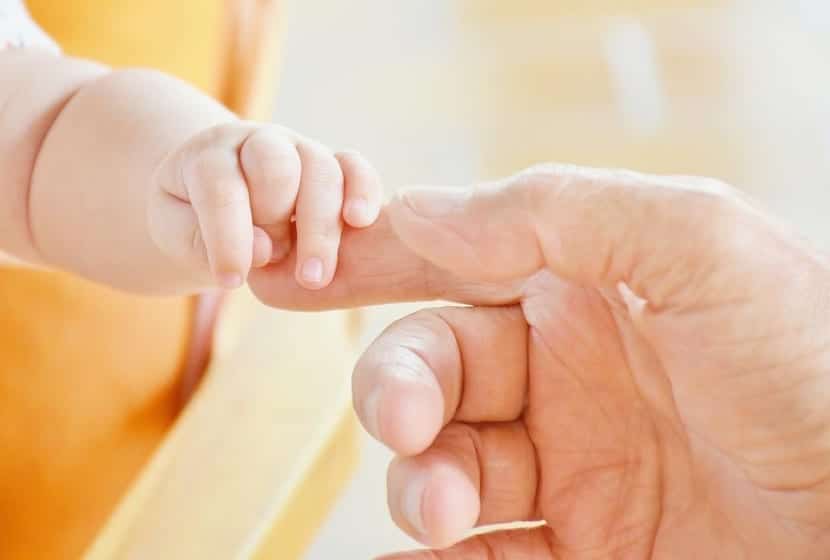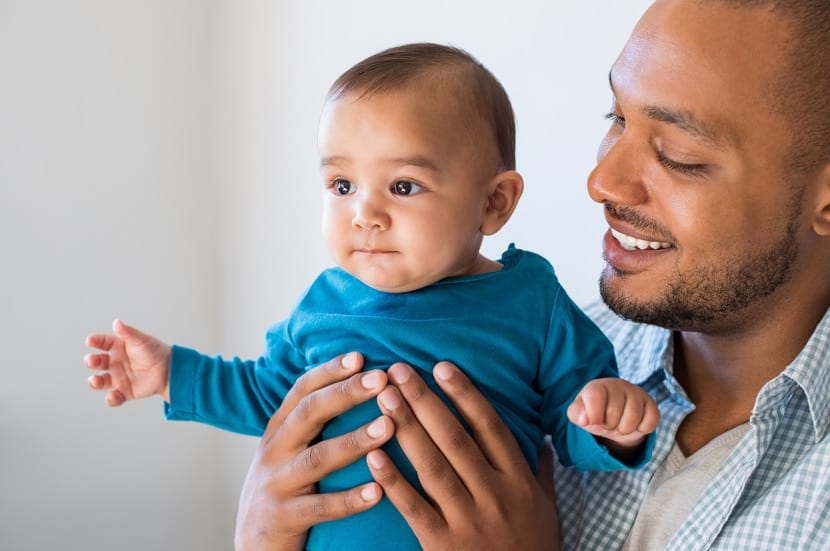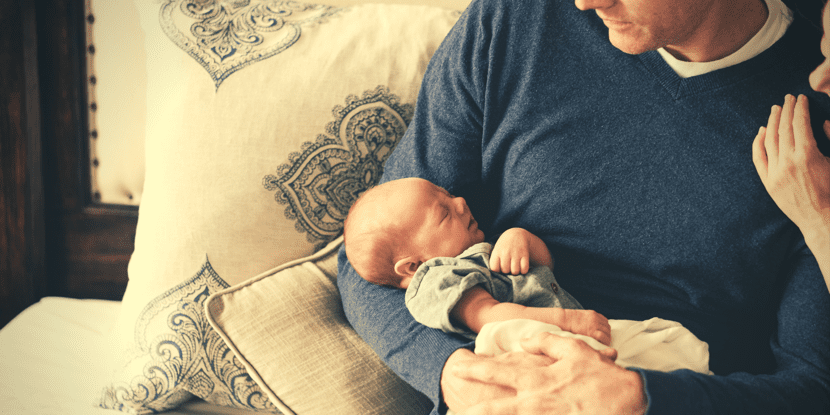
Nowadays, we hear more and more talk about attachment and how it benefits children. It is a form of change in child rearing where 'leaving' children to grow up strong and independent has nothing to do. Attachment has to do with early dependency to give children strength and security and thus grow independent, knowing that they are capable and that they have a strong and resistant support network.
Attachment theory is a concept in developmental psychology that refers to the importance of attachment in terms of personal development. It is the way in which an individual forms an emotional and physical 'bond' with another person to have a sense of stability and security necessary to be able to take risks, grow and develop with a strong personality. Attachment theory can be understood in a number of ways and it is usually people's own experiences that give it meaning.
John Bowlby and attachment theory
The psychologist John Bowlby was the first to use this term. In the 60s, he set the precedent that childhood development was highly dependent on the child's ability to form a strong relationship with the primary caregiver (usually a parent). His studies on childhood development and childhood temperament led him to conclude that a strong attachment to the caregiver provides a necessary sense of security.

If this relationship is not established, the psychologist discovered that the person spends a lot of energy in his life in the search for stability and security. People without attachments are often fearful and unwilling to seek and learn new experiences. In contrast, a child with a strong attachment to one of his parents, You will feel more strength and support so you will have a more adventurous and autonomous spirit.
Development is facilitated in children who enjoy the attachment of their parents because they spend time observing and interacting with the environment thanks to the fact that their immediate needs are satisfied and well justified. Attachment theory makes it clear that the father must provide constant support and safety from birth and during the formative years of children.
Mary Ainsworth and attachment behavior
Mary Ainsworth would develop many of the ideas presented by Bowlby in her studies. He identified the existence of what is known as 'attachment behavior'. Attachment behaviors are not the same as attachment itself. Children who display attachment behaviors are insecure children who hope to establish or re-establish a bond with the caregiver whom they feel is absent. This behavior according to Mary Ainsworth is innate in children.
In particular, she identified the existence of what she calls "attachment behavior," examples of behavior exhibited by insecure children in hopes of establishing or re-establishing a bond with a currently absent caregiver. Since this behavior occurs uniformly in children, it is a compelling argument for the existence of "innate" or instinctive behavior in the human animal. The study worked by looking at a large representative sample of children with varying degrees of attachment to their parents or caregivers, from strong and healthy attachments to weak ties.

The children were separated from their caregivers and their responses were observed. The children with strong attachments were relatively calm, they seemed to be sure that their caregivers would return shortly, while children with weak attachments would cry and show great anguish at being returned to their parents.
Later in the same study, the children were exposed to intentionally stressful situations, during which almost all began to exhibit particular behaviors that were effective in attracting the attention of their caregivers, a good example of attachment behavior.
Stages in attachment formation
To better understand the innate formation of attachment in children, it is necessary to know the stages of this formation. In this way it will be possible to understand the need of babies and children to have a permanent bond with their primary caregiver through their own attachment behaviors. The stages of formation are.
0 to 2 months
At this stage there is an orientation towards the main caregivers, emitting signals that occur as first interactions. The baby begins to know his caregivers and the caregivers adapt to him. The baby becomes familiar with his primary caregiver and begins to do so as his reference role model.

Between the 3 and the 7 months
During this stage, babies begin to have differentiated reactions to the attachment figure. Baby's behaviors are different with other people and usually he just wants to be with the person with whom he spends the most time, like mother or father, or both. If the parents are not in front, you can cry for them to come back.
Between 7 months and 3 years
Attachment behaviors (or behaviors) appear during this stage. Throughout this stage, children want to be with their parents all the time. They crawl or walk toward them, crying to get their attention and their physical and emotional needs met. He is afraid of people he does not know and the presence of his parents together or separately provides them with security you need to feel inner tranquility.
From the 3 years
It is from the age of 3 when children begin to regulate each other and want to show their independence. The relationships are directed to the autonomy of the boy from the girl. The attachment figure continues to provide you with the security you need to explore the world, but at the same time the little one needs to show and have their autonomy validated.
Types of attachment
In addition, different types of attachment can be found:
- Secure attachment. Children miss their primary caregiver and are happy to see him but continue to play quietly.
- Insecure-avoidant attachment. The children show no displeasure at the separation from the main caregiver and ignore him upon his return. They seem independent but this behavior is usually the consequence of small emotional problems.
- Insecure-resistant addiction. The child shows great anguish in the separation and seeks contact with the main caregiver on the way back but is not reassured. They do not show exploratory behaviors in a playroom if the caregiver is not present.
- Disorganized attachment The child has contradictory behavior patterns: confusion, apprehension, disorder in their actions, etc. He has emotional regulation problems and it is usually due to some type of child abuse.